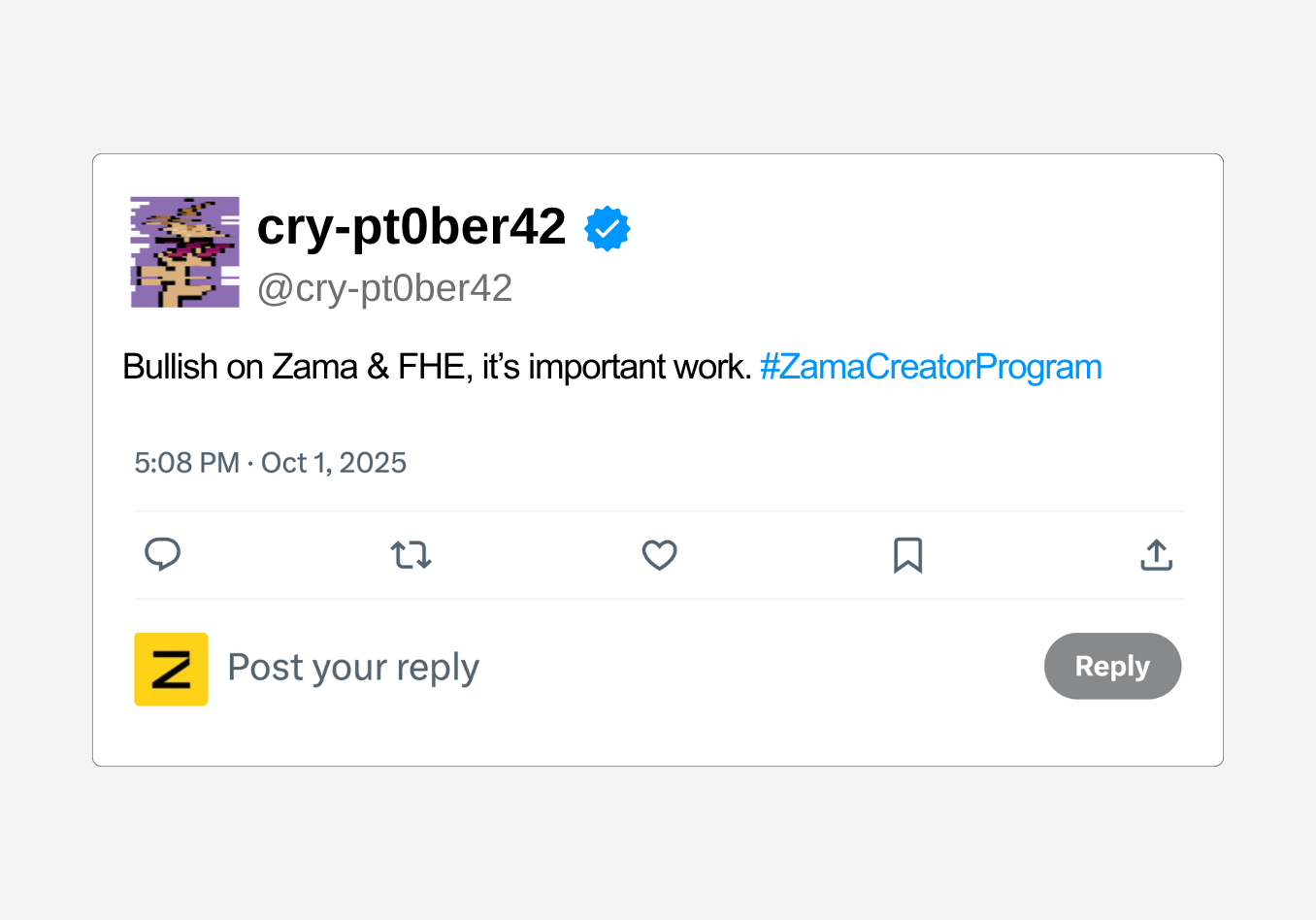Why Private Equity Needs Confidential Tokenization
This article is the first in a series exploring the tokenization of private equity. In this first article, we explain why confidentiality is essential for tokenized private equity — and how privacy-preserving technologies like Fully Homomorphic Encryption (FHE) can make it possible.In the next posts, we’ll look at real-world examples, technical challenges, and the role of privacy in secondary markets and fund governance.
Tokenization: A path to openness and efficiency
Private equity is one of the most powerful tools in finance. It fuels growth, innovation, and long-term value. But it is also closed and slow. Most people cannot access it. Even when they do, they must lock their money for years and go through many intermediaries.
Tokenization is a way to change this. It means turning ownership of a fund or company into digital tokens on a blockchain. These tokens make private equity more open, more efficient, and easier to trade.
But to really work, tokenized private equity needs one key feature: confidentiality.
The essential role of confidentiality
Private equity is private for a reason. Investors do not want the world to see their names, the amounts they invest, or their strategies. Companies do not want to publish their valuations, exit plans, or legal terms on a public ledger. This is why confidentiality is not a bonus — it is a requirement.
That’s where privacy-preserving technologies come in. Fully Homomorphic Encryption (FHE) allows smart contracts to compute on encrypted data. This means an investor can prove eligibility, receive payouts, or vote in governance, without revealing any sensitive information.
At Zama, we build open-source FHE tools. We’re also working with OpenZeppelin and Inco on a new confidential ERC-20 token standard, designed for projects that need both compliance and secrecy.
Confidential stablecoins and confidential private equity are two sides of the same coin. I explain why confidential stablecoins are the missing layer for stable-value payments on-chain. Together, they could unlock a new financial infrastructure — private by design, composable by default.
The good news is: regulation is catching up. In the US, a stablecoin bill is expected soon. In Europe and Asia, frameworks are emerging to support tokenized securities. More regulators are recognizing that privacy and compliance can work together.
Follow Zama on X to follow the series and get updates on this fast-moving space.
.svg)
.png)

